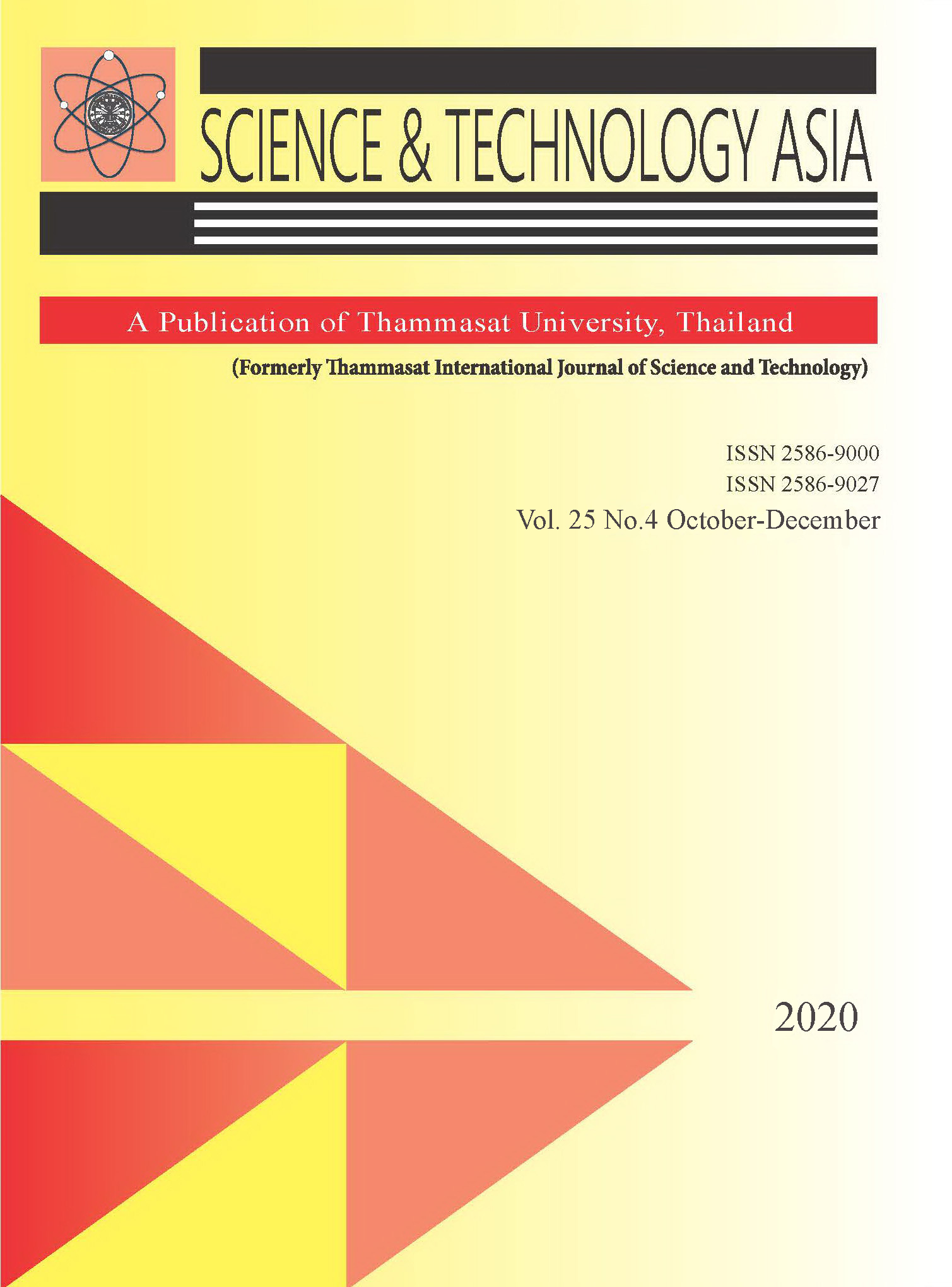Improving Monthly Rainfall Forecast Model by Input Selection Technique using Deep Neural Network
Main Article Content
Abstract
Long term monthly rainfall forecasting is essential for appropriate river basin planning and management. A number of rainfalls forecast models are developed using a variety of approaches. It is, however, difficult to forecast rainfall with high accuracy particularly for long time ahead due to its variations in both time and space. A recent monthly rainfall forecast model using Deep Neural Network was developed (MRDNN Model); however, accuracy of forecast is acceptable for one-month leading time of forecast. This study aims to improve accuracy of forecast of such model by using DNN coupling with technique of selection of most predictive variables. A river basin in eastern region of Thailand was selected as study area. Monthly rainfall data at Pluak Daeng station from 1991 to 2010 were used for training in the DNN model, while time series from 2011 to 2016 were used for model validation. Stochastic efficiency was used as criteria to evaluate accuracy of forecast. By using input selection technique, Large Scale Atmospheric Variables (LAV) as predictors in the model are reduced from 32 variables to be 8 variables, i.e., Air Temperature, Sea Surface Temperature, Precipitable Water, Specific Humidity and Outgoing Longwave Radiation, providing more accuracy of forecast with 72% of stochastic efficiency for one-month lead time. However, the proposed DNN monthly rainfall forecast model can provide an acceptable accuracy of forecast about 70% up to for 3-months leading time of forecast.Further improvement of model will be studied in order to obtain more accuracy of forecast longer leading time of forecast.


